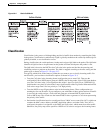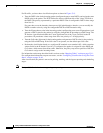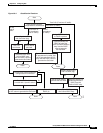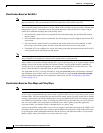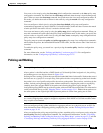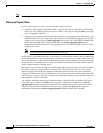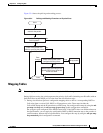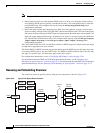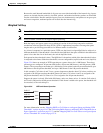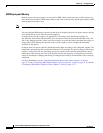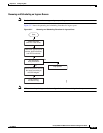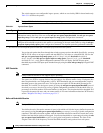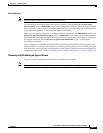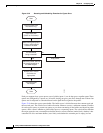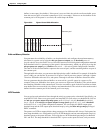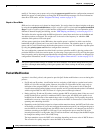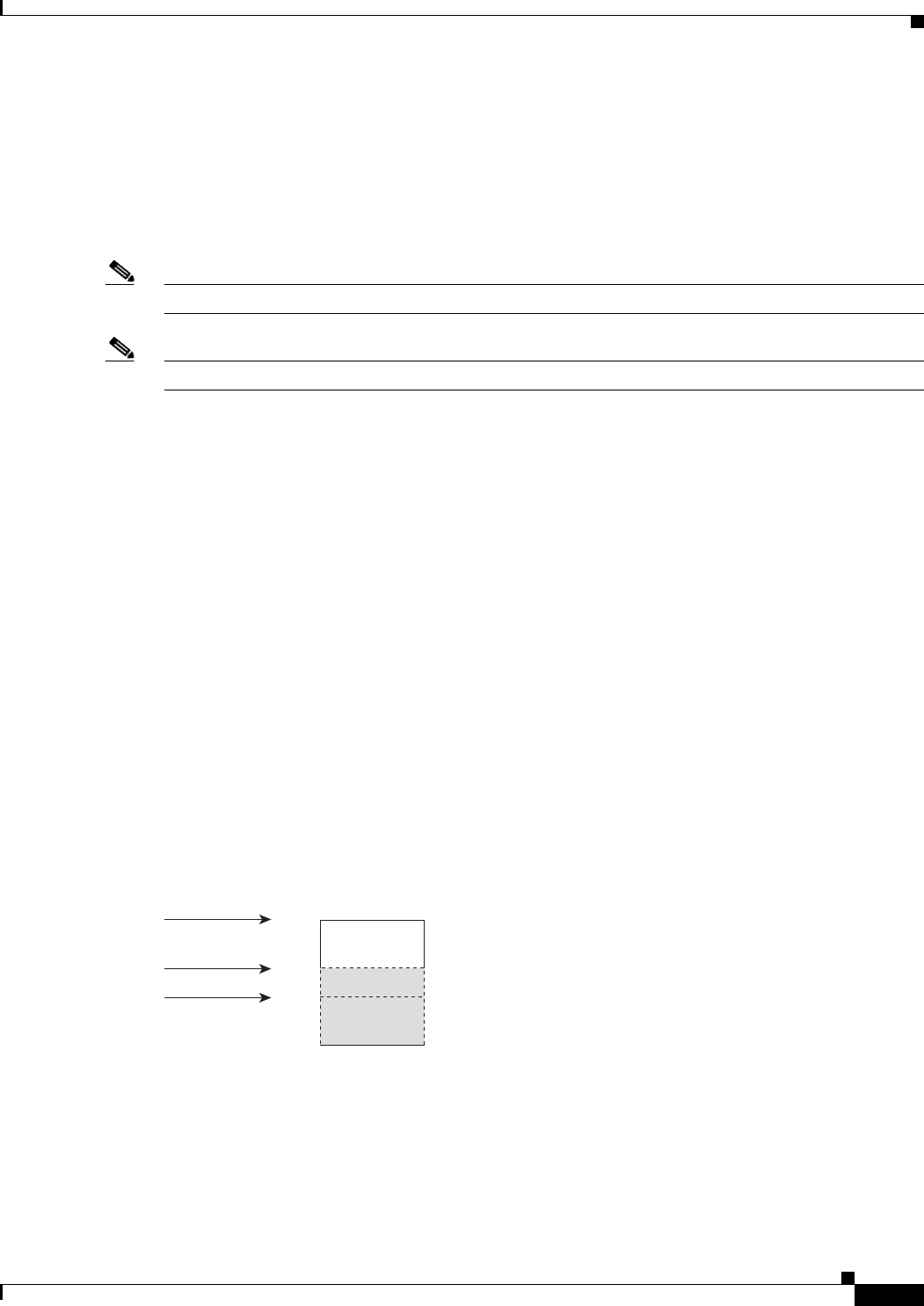
33-13
Catalyst 2960 and 2960-S Switch Software Configuration Guide
OL-8603-09
Chapter 33 Configuring QoS
Understanding QoS
Because the total inbound bandwidth of all ports can exceed the bandwidth of the internal ring, ingress
queues are located after the packet is classified, policed, and marked and before packets are forwarded
into the switch fabric. Because multiple ingress ports can simultaneously send packets to an egress port
and cause congestion, outbound queues are located after the internal ring.
Weighted Tail Drop
Note To use WTD, the switch must be running the LAN Base image.
Note Catalyst 2960-S switches do not support ingress queueing.
Both the ingress and egress queues use an enhanced version of the tail-drop congestion-avoidance
mechanism called weighted tail drop (WTD). WTD is implemented on queues to manage the queue
lengths and to provide drop precedences for different traffic classifications.
As a frame is enqueued to a particular queue, WTD uses the frame’s assigned QoS label to subject it to
different thresholds. If the threshold is exceeded for that QoS label (the space available in the destination
queue is less than the size of the frame), the switch drops the frame.
Each queue has three threshold values. The QOS label is determines which of the three threshold values
is subjected to the frame. Of the three thresholds, two are configurable (explicit) and one is not (implicit).
Figure 33-6 shows an example of WTD operating on a queue whose size is 1000 frames. Three drop
percentages are configured: 40 percent (400 frames), 60 percent (600 frames), and 100 percent (1000
frames). These percentages mean that up to 400 frames can be queued at the 40-percent threshold, up to
600 frames at the 60-percent threshold, and up to 1000 frames at the 100-percent threshold.
In this example, CoS values 6 and 7 have a greater importance than the other CoS values, and they are
assigned to the 100-percent drop threshold (queue-full state). CoS values 4 and 5 are assigned to the
60-percent threshold, and CoS values 0 to 3 are assigned to the 40-percent threshold.
Suppose the queue is already filled with 600 frames, and a new frame arrives. It contains CoS values 4
and 5 and is subjected to the 60-percent threshold. If this frame is added to the queue, the threshold will
be exceeded, so the switch drops it.
Figure 33-6 WTD and Queue Operation
For more information, see the “Mapping DSCP or CoS Values to an Ingress Queue and Setting WTD
Thresholds” section on page 33-67, the “Allocating Buffer Space to and Setting WTD Thresholds for an
Egress Queue-Set” section on page 33-72, and the “Mapping DSCP or CoS Values to an Egress Queue
and to a Threshold ID” section on page 33-74.
CoS 6-7
100%
60%
40%
1000
600
400
0
CoS 4-5
CoS 0-3
86692



